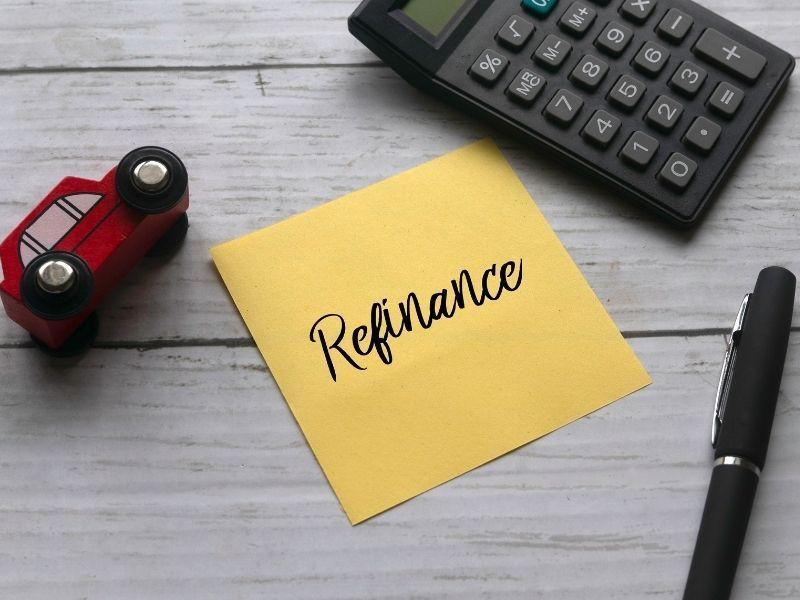How much does it cost to refinance?
Closing costs are an inevitable part of any mortgage loan. When you refinance, it’s no different. However, as we’ll cover shortly, who covers the costs and how much they are is always a factor to consider when choosing your refinance lender.
What is included in closing costs for refinancing?
Closing costs when refinancing are basically the same as any other mortgage loan. After all, the same process and parties are involved. Expect to see charges including but not limited to:
- Credit reports
- Title company doc preparation and closing fees
- Appraisal (Some refinance loans do not require an appraisal and therefore won’t have a fee)
- Prepaid interest
- Title insurance
- Property taxes and homeowner’s insurance if you they are included in your monthly payment
Can I refinance my mortgage with no closing costs?
One of the most common questions when it comes to refinancing is is it possible to do so without paying anything. When shopping for a refinance loan, you’ll often see advertisements or promotions to refinance with no closing costs. Is this possible?
Technically all mortgage loans have closing costs. After all, the parties involved don’t work for free and need to keep the lights on. However, there are generally two ways to avoid paying refinance closing costs out of pocket.
How can I avoid closing costs on a refinance?
Rolling Closing Costs Into Your New Mortgage
The first, and probably the most common, way of avoiding paying closing costs out of your own bank account is to simply add them to your new loan amount and essentially finance them. It works like this:
If your current mortgage balance is $200,000 and closing costs total $5,000 (an arbitrary number created out of thin air for this example), your new mortgage loan amount would be $205,000.
** In order to finance your closing costs into your new loan you’ll need to have the equity to do so. Your new loan is still subject to loan to value ratio requirements.
Lender Paid Closing Costs
The second option to avoid out of pocket closing costs is to have your lender pay them. Lender paid closing costs are how a homeowner is able to refinance their existing mortgage and not have to increase their loan amount to cover closing costs. To do so your mortgage lender will charge you a slightly higher interest rate in order to generate the revenue needed to pay your closing costs.
Choosing between lender paid closing costs and rolling the costs into your loan depends on how long you will carry your new mortgage. Our refinance calculator provides an option to roll in closing costs, allowing you to compare refinance break even points for each type of refinance.
Is it worth it to refinance?
“Worth it” is about as subjective as it gets. What is worth it to one is not necessarily worth it to all. While quantifying “worth it” is possible and refinancing is mostly a pain free process, some homeowners may be perfectly happy with their current mortgage and choose not to refinance even if it would save them money in the long run. It simply might not be worth the effort for them.
For the rest of us, we must determine how long we’ll have our new mortgage and do some math.
Is it worth refinancing to save $100 a month?
The most simplified way to quantify “worth it” is by dividing your total closing costs by your monthly payment savings to determine how long it will take to recoup what you’ve paid to refinance. Like this:
If your closing costs totaled $5,000 and your monthly payment savings is $100, it will take 4 years and 2 months to break even (5000 / 100 = 50 months). Basically, each payment you make after your 50th payment you are $100 ahead of what you paid in closing costs.
This example is obviously over simplified, but it’s a good way to eyeball a refinance and determine if it’s worth it. The scenario above wouldn’t make much sense if the homeowner had plans to sell their home in the next year or two. However, if the home is a forever home and the chances of selling or moving are not likely, the homeowner would likely save several thousand dollars over the life of the loan.
If you have an FHA loan or traditional mortgage with PMI, refinancing to a conventional loan could save you substantially more than a typical refinance.
If you're still trying to decide if a refinance is right for you, check out our FAQ for refinancing here.
What is the downside to refinancing your mortgage?
Refinancing is not all sunshine and rainbows.
The most notable downside is not seeing savings that warrant the costs. Additionally, most homeowners refinance to lower their payment. To maximize monthly payment savings, the loan term is reset to 30 years. If you are planning on maintaining your new mortgage loan for the full term, you’ll be making payments at some point that you wouldn’t have to make had you not refinanced. Most mortgage loans never reach maturity, so this is often not a concern for most refinance applicants.
As long as you determine the costs to refinance are outweighed by the monthly savings you’d enjoy by refinancing, there is little downside in doing so. A refinance is simply a new mortgage. You already have one, and having a new one with better terms will usually save you money.







